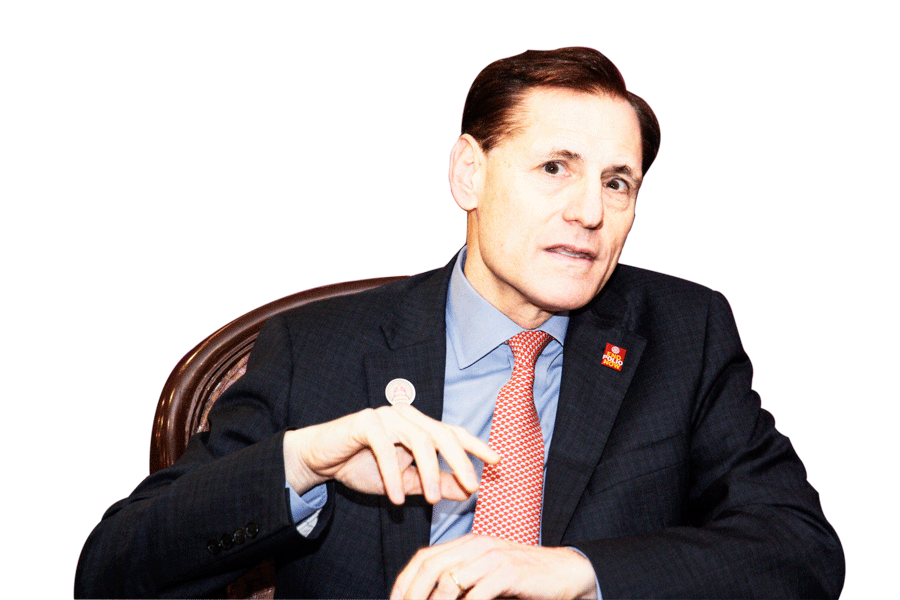Congratulating the RI Women’s group for getting the RI board’s approval for its Rotary Action Group for Menstrual Health and Hygiene (RAG-MHH), RI General Secretary John Hewko said, “this grant model that we introduced in 2013 is the most important initiative that Rotary has undertaken since the polio initiative that began in the 1980s. In many ways it represents an important component of our organisation’s future, apart from the increased benefits this will have for the beneficiaries.” Calling RAGs larger and more scalable he pointed out that they serve as great public image boosters locally, regionally and internationally that in turn, will drive more members and potential donors to TRF.

RAG-MHH will act as a tool to make an impact by providing relevant resources to Rotarians who want to implement such projects in their regions. “We have put together these groups to try to get more bang for our buck.” RAGs are focused on specific topics and issues. So “rather than solving one percent of 100 problems, let’s solve 100 per cent of one problem and in this case, it would be menstrual health and hygiene,” said Hewko.
Recalling the time, he worked in the George W Bush administration to set up a foreign assistance agency that forms partnerships with developing countries committed to good governance, economic freedom, and investing in their citizens, he said that several of the programmes had to do with primary school education for girls. “But it’s not as simple as just saying, they need a building. They need much more — separate toilet facilities, meals, teachers, curriculum, safe space to study… I urge you to partner with other RAGs, in your case with WASH, to scale up your work and make a true impact. One of the greatest interventions you can do in global development is providing girls education.” He asked the women’s group to think in terms of long-term sustainable projects that are comprehensive and deal with the whole panoply of issues that need to be addressed rather than working on a specific issue.
Membership and Covid
Referring to the stagnant membership of 1.2 million members for the last 25 years he said, “It is similar to a product we sell in a marketplace. Here, we are not selling soap or bread. We’re selling experience… the experience you get when you join a Rotary club, and you pay for that experience with your time and money.” He pointed out that it is time to “rethink our product, those areas where we need to strengthen and ask ourselves if we can offer something different in the market that potential members may find more attractive?” The RAGs, he said, could play a critical role in refining and improving this experience.
Not denying that Rotary has seen a “slight decline in membership,” Hewko reminded that “there was only one time in our history where we saw a significant drop in membership — two years after the depression in the 1930s.” The membership dropped a little over five per cent. “For each one per cent decline in membership globally, there is $800,000 loss of revenue to Rotary. So when there is a five per cent loss in membership, that represents about a $4 million loss of revenues. Fortunately, Rotary, through the years, has been prudent with your money; both RI and TRF have very solid reserves, more than adequate to overcome these crises. Rotary operationally and financially is on a sound footing.”
Answering a question as to how Rotary reacted to the Covid crisis, Hewko stated that shortly after the Covid crisis began, the TRF board created a Covid disaster response fund, which eventually grew to $7 million where each Rotary district was able to apply for a one-time $25,000 grant for Covid related activities. More than 300 districts received these one-time grants. “That fund has now been exhausted and an additional $20 million of global grants were approved for Covid relief. Within the first few months of this crisis, we moved over $30 million worth of funding for Covid-related activities. And that, of course, doesn’t even begin to touch all of the extraordinary efforts that Rotarians have done at the club, district or regional level.”






